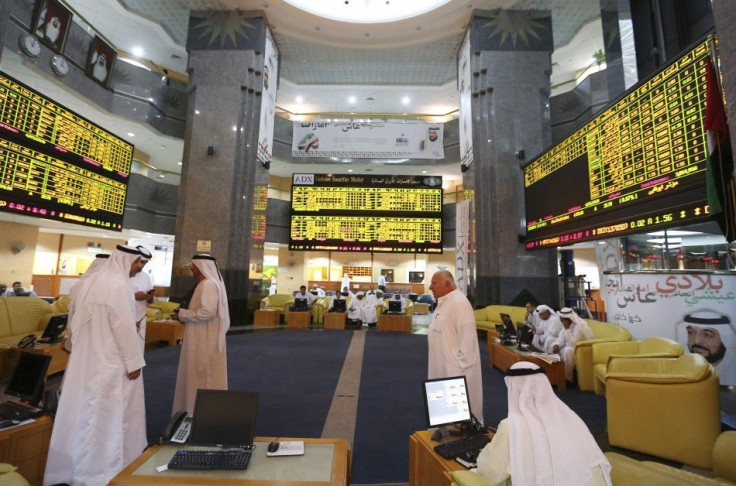$530-Billion Saudi Arabia Stock Market to Open to Foreign Investors in 2015

The $530-billion Saudi Arabia stock exchange plans to open its doors to foreign investors for the first time in 2015. The move aims to reduce the kingdom's dependence on oil revenue and bring in more international investments.
Saudi Arabia is one of the last of the big bourses to limit foreign access to its stock market. Once it allows international investors, the kingdom plans to use the cash to be raised for infrastructure and job creation.
Analysts, who favour the entry of foreign investors, forecast that the Saudi Tadawul stock index would rise faster than the current 15 per cent, especially if it is linked to large international stock indices.
Bassel Khatoun, the head of MENA equities at Franklin Templeton Investments, said, "As the largest equity market in the Middle East and North Africa, this will certainly put the region back on international investors' radar and is likely to be transformative for regional equities."
Ahead of the move, the Capital Market Authority (CMA), the kingdom's financial regulator, said it is drawing up rules to govern foreign investment in listed Saudi companies. Once the guidelines are finished, the agency will signal the entry of foreign investors. Before the end of 2014, the CMA would review the market's readiness for this next step.
In 2008, Saudi Arabia allowed indirect access to its stock market through swaps. Allan Conway, head of emerging markets equities at Schroder Investment Management, said the company had already invested in Saudi's foreign fund through participatory notes. Opening the market to foreign investors would simplify the process of investing and make it less costly to deal. He noted that not all stocks have participatory notes attached.
Under the draft regulation, higher preference would be given to long-term investors over short-term speculators by requiring Qualified Foreign Institutional Investors minimum of $5 billion assets under its management and five years engagement in securities activities, disclosed Fahd Iqbal, head of Credit Suisse' Middle East research.
When Qatar and United Arab Emirates opened to foreign investors, it was included by index compiler MSCI in May, which helps draw in funds from investors who monitor the index.
The Saudi bourse has 160 listed companies and has a turnover rate of about $2.5 billion daily.
Sara Sjolin of Morningstar's Marketwatch pointed out that besides the size of the Saudi Arabian stock market, other reasons to consider investing in Saudi companies are its liquidity and better diversification compared to other Middle Eastern bourses.
Among her recommended stocks are Herfy Food Services, a competitor of McDonald's and Burger King, and is included in the 10 biggest investments of LGM Investments.
Another firm high on her list is the petrochemical producer Saudi Basic Industries Corp, which has a stock market value of $100 billion, earnings of $6.7 billion or 25.3 billion riyals in 2013.
Unlike other markets where geopolitical risks are the cause of worry for investors in the Saudi market, in the Gulf region it is actually a positive thing because it triggers higher oil prices. But investors have to watch out for the relative lack of transparency and disclosure by local companies.
Those considering buying shares in the Saudi Arabian market are encouraged to acquire now investment education from providers like InvestView(OTCQB: INVU), a Red Bank, New Jersey-based company that helps individual investors find, analyse, track and manage their portfolio. The company does it through its online education, analysis and application platform that provides analysis, tools, education solutions and an application.
It delivers subscription-based financial education courses through InvestView's web site. InvestView also allows new retail investors to use the portal's subscriber information on a 2-week trial period for $9.95.
InvestView's web-based tools were designed to simplify stock research and improve the investor's research efficiency. One such tool is the Market Point, which is made up of five sections, namely: Charts, Stock Watch, Market, Calendar and Campus.




















